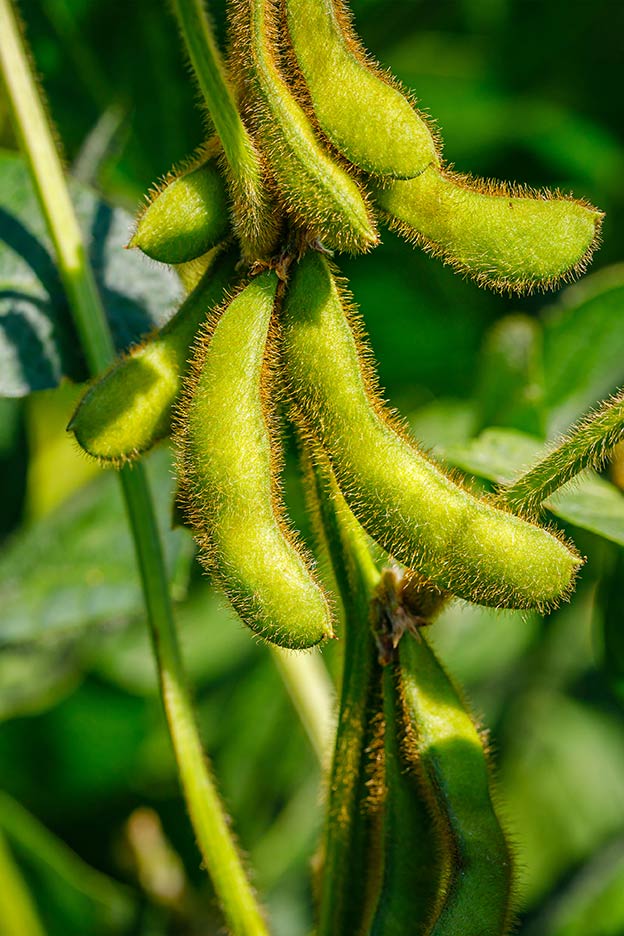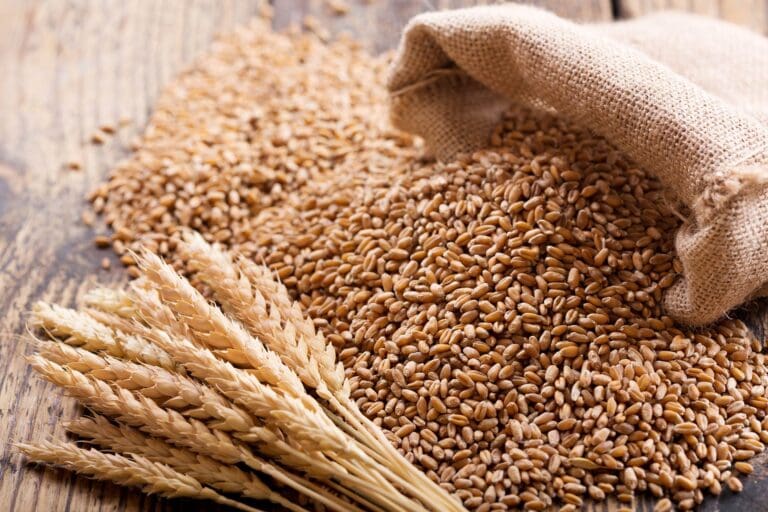China continued to book Brazilian and Argentinian soybeans last week, despite reports of progress in trade talks with the US. The world’s top soybean importer is reportedly securing shipments for August–September, which marks the tail end of Brazil’s export season. Soybean stocks at China’s main ports reached 5.18 million mt on July 4, down by 1.24% w-o-w. However, farmer selling in South America has slowed for both the current and upcoming 2025/26 seasons, as producers currently lack financial incentive to increase sales.
The Argentine 2024/25 soybean harvest has been completed, with final production estimated at 50.3 million metric tons, according to the Buenos Aires Grain Exchange (BAGE) in its July 3 weekly report. Although the exchange noted that some second-crop soybeans remain to be harvested in parts of western and southern Buenos Aires province, these are not expected to affect the current estimate.
In Argentina, soybean sales totaled 740,000 tons on June 30, fell to 248,000 tons on July 1, and dropped further to just 120,000 tons between July 2 and 4; following the return of the 33% export tax on soybeans and 31% on by products on July 1. The return of the export tax has redirected international demand to Brazil and the US.
Farmer selling in Brazil has slowed, with June soybean exports recorded at 13.42 million mt, down from 13.96 million mt in the same month last year. Typically, by the end of August, 80–85% of the soybean crop is sold, leaving around 20–25 million mt available.
According to market sources, China still needs to purchase 12–13 million mt to cover shipments for the remainder of September and all of October. The remaining volume will be allocated to Brazilian crushers and other non-China buyers.
Domestically, the Brazilian industry still needs to secure around 17 million mt to meet demand through the end of the year, with some demand carrying into January. As Brazil’s available supply tightens, non-China buyers will soon need to begin shifting their purchases to the US, market participants note.
Image source: Shutterstock
Written by Roxanne Nikoro




